Table of Contents
Introduction: What Is the Mildest Hot Pepper?
The mildest hot pepper is the Anaheim pepper, with Scoville Heat Units (SHU) ranging from 500 to 2,500. While bell peppers contain zero heat, they're not classified as hot peppers. Among true hot peppers, Anaheim consistently ranks as the mildest, making it perfect for those new to spicy foods or seeking a subtle kick. This guide explores the top mild peppers, their Scoville ratings, and practical tips for using them in your cooking.
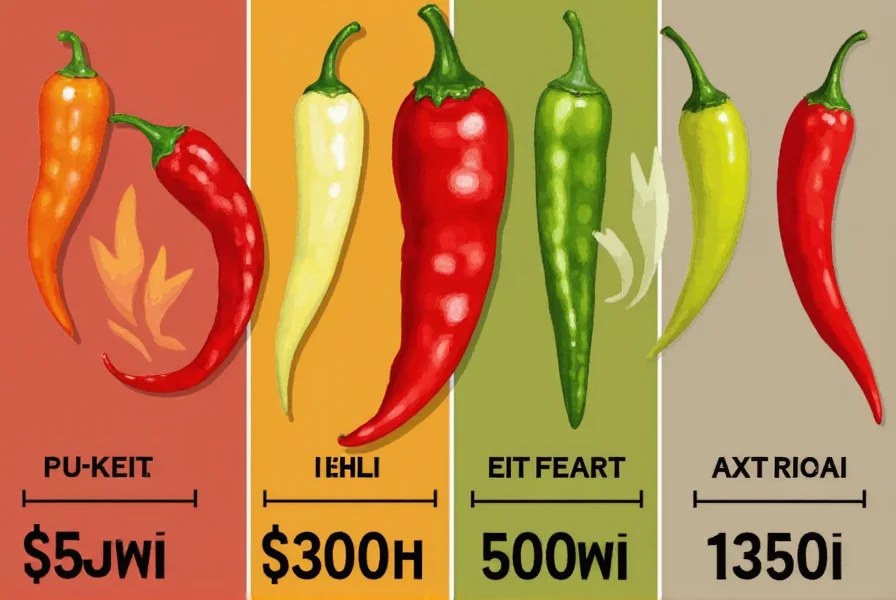
A List of the Mildest Hot Peppers
Not all peppers are created equal, and some are designed specifically for those who want a little flavor without the burn. Here's a list of the mildest hot peppers that still bring a nice kick:
- Jalapeño – Known for its versatility, jalapeños are a favorite in many cuisines. They're mild but can be spicy if not properly prepared.
- Serrano – Slightly hotter than jalapeños, but still considered a mild pepper. Great for salsas and guacamole.
- Poblano – Often used in Mexican dishes like chiles rellenos, poblano peppers are mild and have a rich flavor.
- Cubanelle – A sweet, mild pepper with a slight tang. Perfect for grilling or stuffing.
- Anaheim – Another mild option with a slightly smoky flavor, commonly used in Southwestern cuisine.
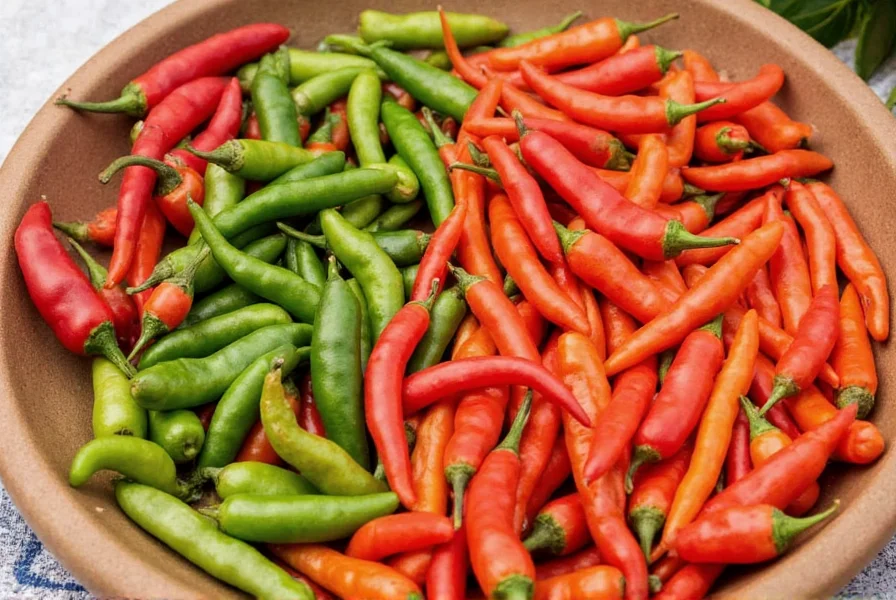
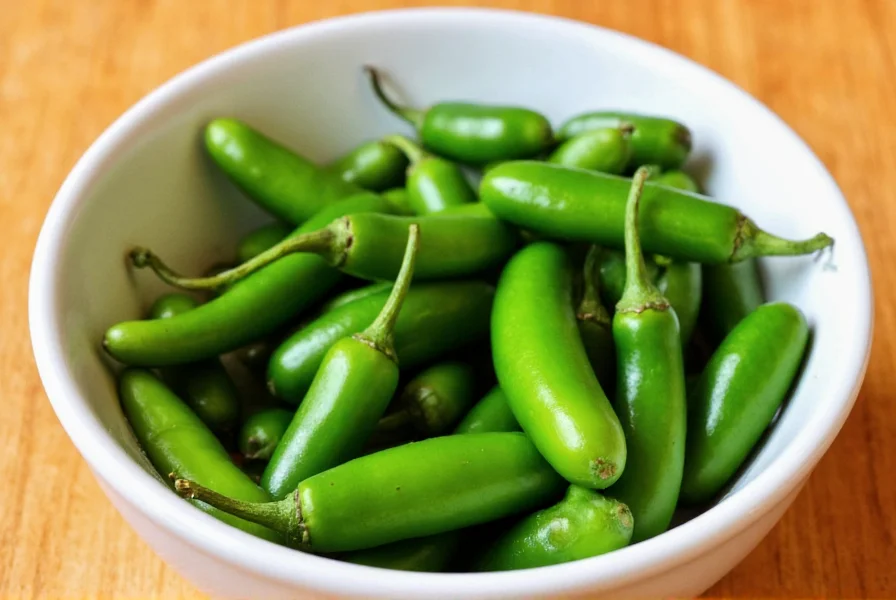
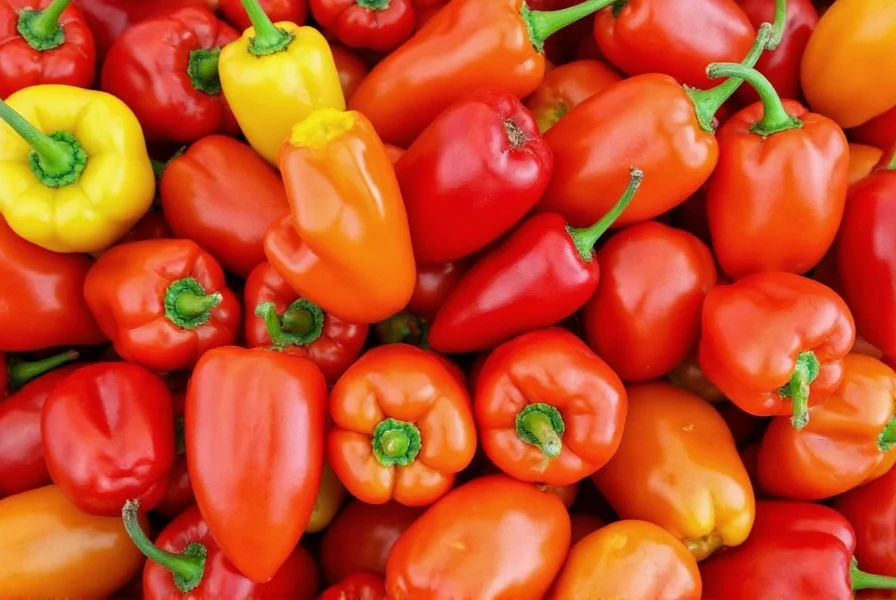
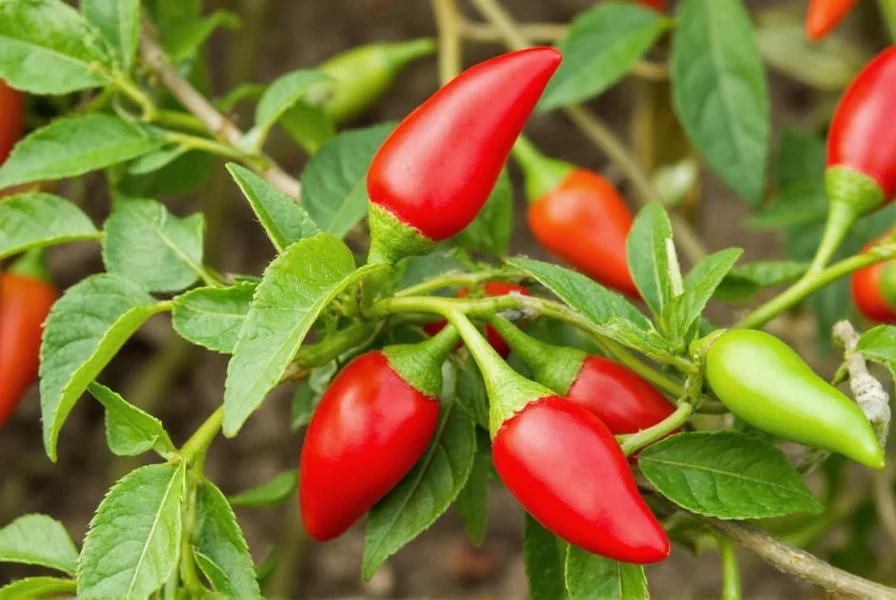
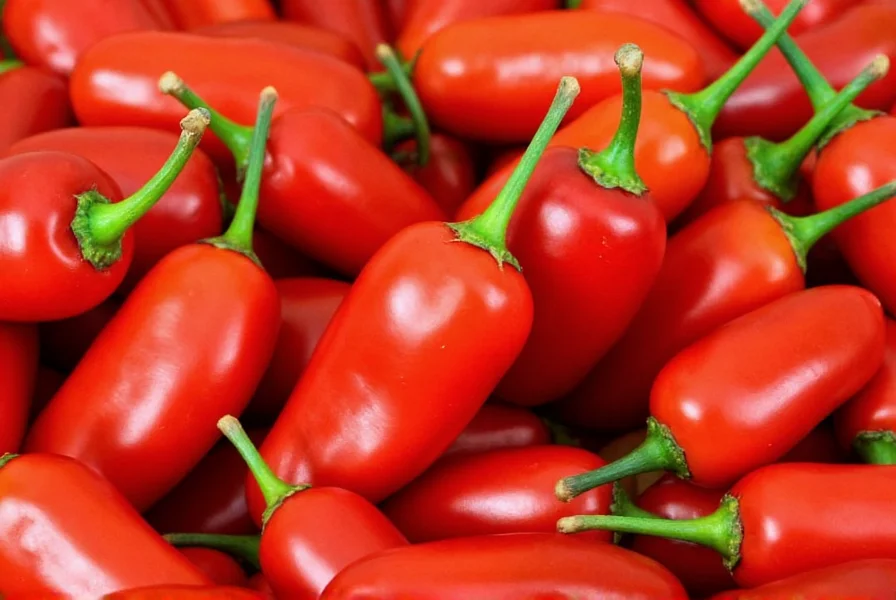
Understanding the Scoville Scale
To truly understand what makes a pepper mild, it helps to know about the Scoville scale, which measures the heat level of peppers based on their capsaicin content. Capsaicin is the compound responsible for the burning sensation you feel when eating spicy foods.
Here's a quick breakdown of where the mildest peppers fall on the scale:
| Pepper | Scoville Units |
|---|---|
| Jalapeño | 2,500–8,000 |
| Serrano | 5,000–23,000 |
| Poblano | 1,000–1,500 |
| Cubanelle | 1,000–1,500 |
| Anaheim | 500–2,500 |
As you can see, even the mildest peppers can vary in heat, so it's always a good idea to check the variety and preparation method before using them.
Cooking Tips for Mild Peppers
Using mild peppers doesn't mean you have to sacrifice flavor. In fact, many of these peppers add a subtle heat and depth to dishes that can elevate your cooking. Here are some tips for getting the most out of your mild peppers:
- Use fresh peppers whenever possible – Fresh peppers tend to have more vibrant flavors than dried or canned versions.
- Remove the seeds and membranes – These parts contain the highest concentration of capsaicin, so removing them will make the pepper milder.
- Pair with cooling ingredients – Cilantro, avocado, yogurt, and lime can help balance the heat and enhance the overall taste.
- Try roasting or grilling – Cooking methods like roasting can bring out the natural sweetness and reduce the perceived heat.
- Experiment with combinations – Mixing different mild peppers can create unique flavor profiles without overwhelming your palate.
Buying Guide: How to Choose the Right Mild Pepper
If you're looking to add some spice to your meals without the intense heat, here's a detailed buying guide to help you choose the right mild pepper:
Top 5 Mild Peppers and Their Features
- Jalapeño
- Features: Medium-sized, green or red, slightly crunchy texture.
- Advantages: Versatile and widely available; can be used raw or cooked.
- Use Cases: Salsas, tacos, stuffed peppers, and chili.
- Target Audience: Beginners and experienced cooks alike.
- Suitable Occasions: Casual dinners, family gatherings, and everyday meals.
- Serrano
- Features: Longer and thinner than jalapeños, usually green or red.
- Advantages: Slightly hotter but still mild; great for salsa and guacamole.
- Use Cases: Fresh salsas, pickling, and adding heat to dips.
- Target Audience: Those who enjoy a bit more heat but don't want to go overboard.
- Suitable Occasions: Parties, picnics, and casual get-togethers.
- Poblano
- Features: Large, dark green, and slightly wrinkled.
- Advantages: Mild and rich in flavor; ideal for roasting.
- Use Cases: Chiles rellenos, stews, and soups.
- Target Audience: Home cooks who love Mexican cuisine.
- Suitable Occasions: Dinner parties and cultural celebrations.
- Cubanelle
- Features: Long and slender, with a sweet and tangy flavor.
- Advantages: Very mild and versatile; great for grilling and stuffing.
- Use Cases: Grilled vegetables, stuffed peppers, and light sautés.
- Target Audience: Health-conscious eaters and families.
- Suitable Occasions: Weekday meals and backyard barbecues.
- Anaheim
- Features: Long, thin, and green, with a slightly smoky flavor.
- Advantages: Mild and easy to find; perfect for roasting and roasting.
- Use Cases: Stuffed peppers, sauces, and roasted vegetable dishes.
- Target Audience: Those who enjoy a subtle smokiness in their food.
- Suitable Occasions: Family dinners and cozy evenings at home.
Each of these peppers has its own unique characteristics, so choosing the right one depends on your personal taste and the dish you're preparing. Remember, the mildest hot pepper is not just about the heat—it's also about the flavor and versatility they bring to your kitchen.
Frequently Asked Questions About Mild Peppers
Here are some common questions people have about mild hot peppers:
What is the absolute mildest hot pepper?
Among true hot peppers (not including bell peppers which have zero Scoville units), the Anaheim pepper is generally considered the mildest, ranging from 500-2,500 Scoville Heat Units. Some specific varieties of Cubanelle and Poblano peppers can also be extremely mild, sometimes dipping below 1,000 SHU.
How can I tell if a pepper is mild just by looking at it?
It's difficult to determine a pepper's heat level just by appearance, as even within the same variety, heat can vary significantly based on growing conditions. Generally, smaller, thinner peppers tend to be hotter, but this isn't always reliable. The best indicator is knowing the specific pepper variety.
Can I make a hot pepper milder if I've accidentally bought one that's too spicy?
Yes, there are several ways to reduce a pepper's heat: remove the seeds and white membranes (where most capsaicin is concentrated), soak the pepper in vinegar or dairy products, or cook it thoroughly as heat can break down some capsaicin. Pairing with dairy-based ingredients like yogurt or sour cream can also counteract the heat when eating.
Are mild peppers still considered "hot" or spicy?
Yes, mild hot peppers still contain capsaicin and provide some heat, but it's much more subtle than hotter varieties. The mildest hot peppers offer just a hint of warmth without overwhelming burn, making them accessible to those who are sensitive to spice.
What's the difference between mild peppers and bell peppers?
Bell peppers are not technically hot peppers at all, as they contain zero Scoville Heat Units (SHU). They belong to a different variety of Capsicum annuum that doesn't produce capsaicin. Mild hot peppers still contain some capsaicin, giving them that characteristic subtle heat that bell peppers lack.
Can I substitute mild peppers for hotter varieties in recipes?
Absolutely! Mild peppers work well as substitutes when you want the flavor without intense heat. Just be aware that you might need to use more to achieve the same flavor intensity, and the cooking time might need adjustment since milder peppers can sometimes have different water content.
Conclusion: Embrace the Heat, But Keep It Gentle
Spice can be a powerful tool in the kitchen, but it doesn't have to come with an intense burn. By understanding what is the mildest hot pepper, you open up a whole world of possibilities for enhancing your meals with just the right amount of heat. Whether you're a seasoned cook or just starting out, experimenting with mild peppers can be a fun and rewarding experience. So next time you're at the market, don't be afraid to ask for a few of these gentle giants—they might just become your new favorite ingredient.
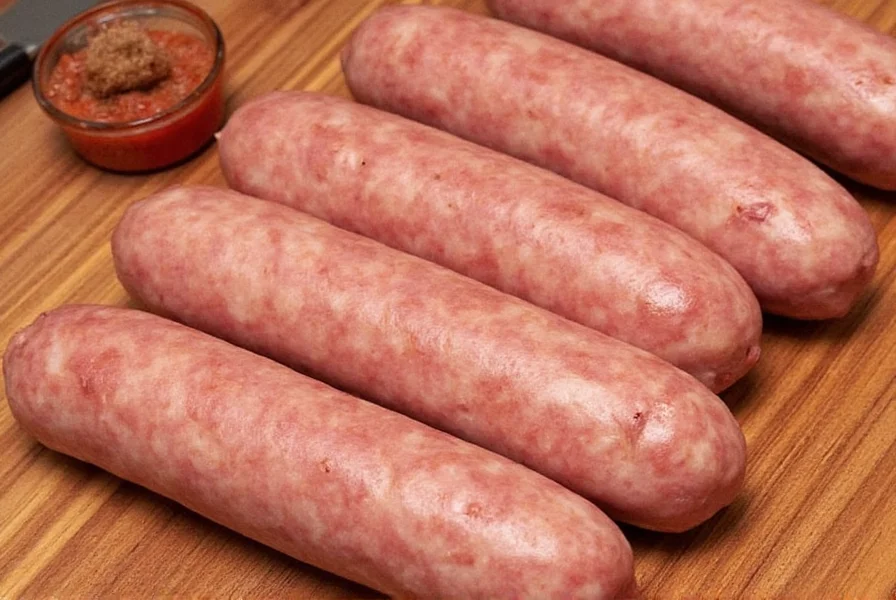

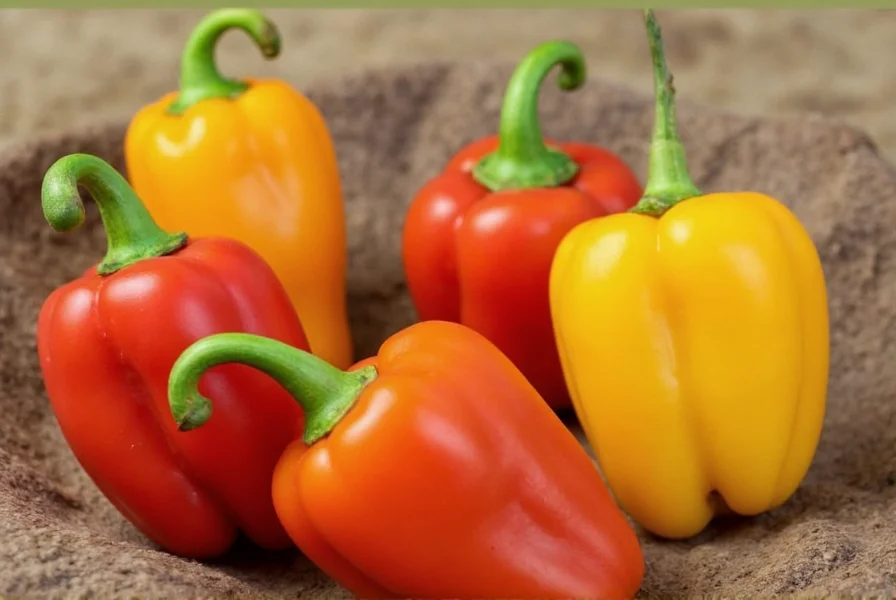









 浙公网安备
33010002000092号
浙公网安备
33010002000092号 浙B2-20120091-4
浙B2-20120091-4